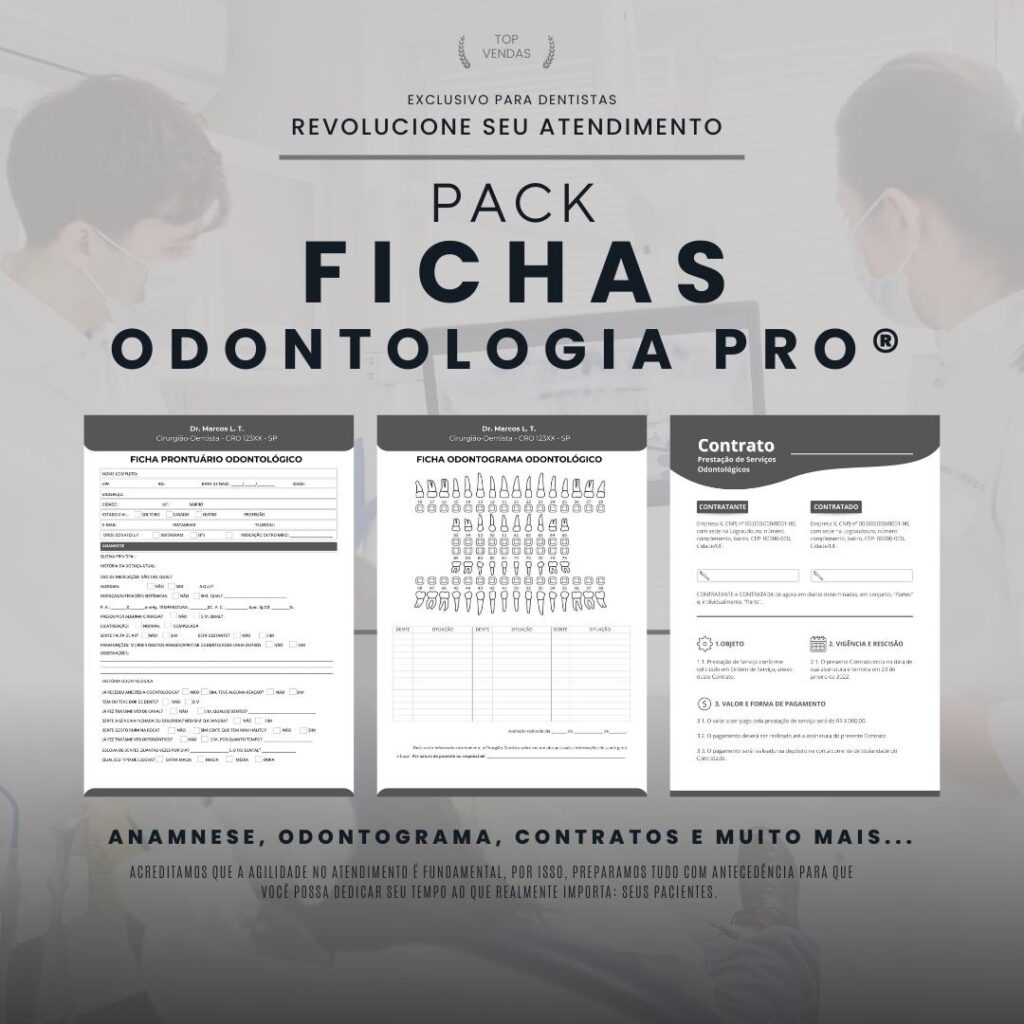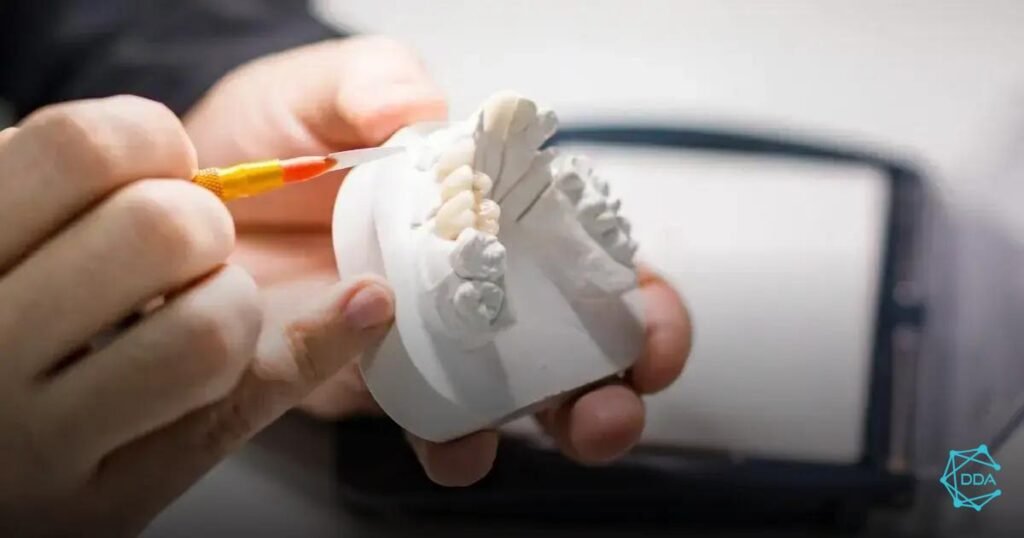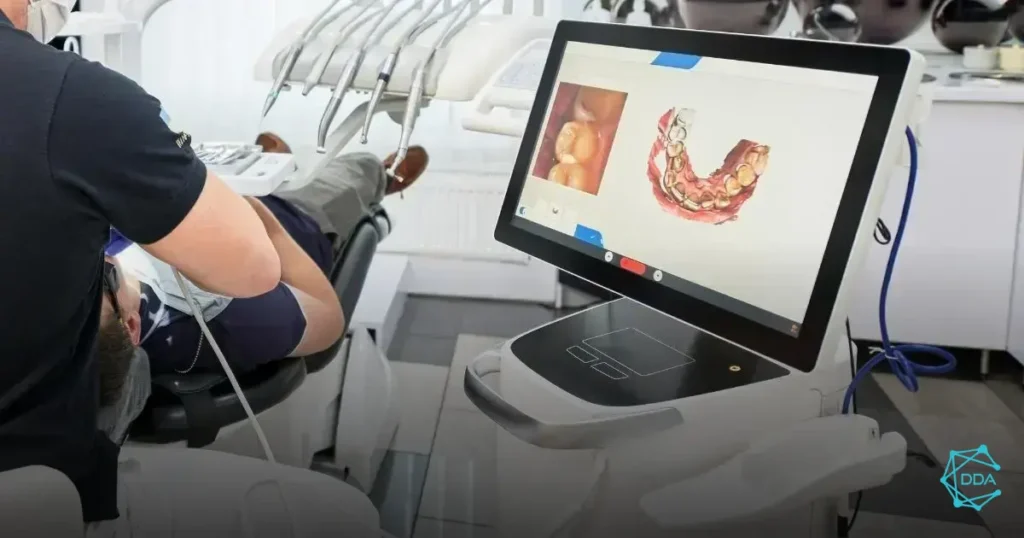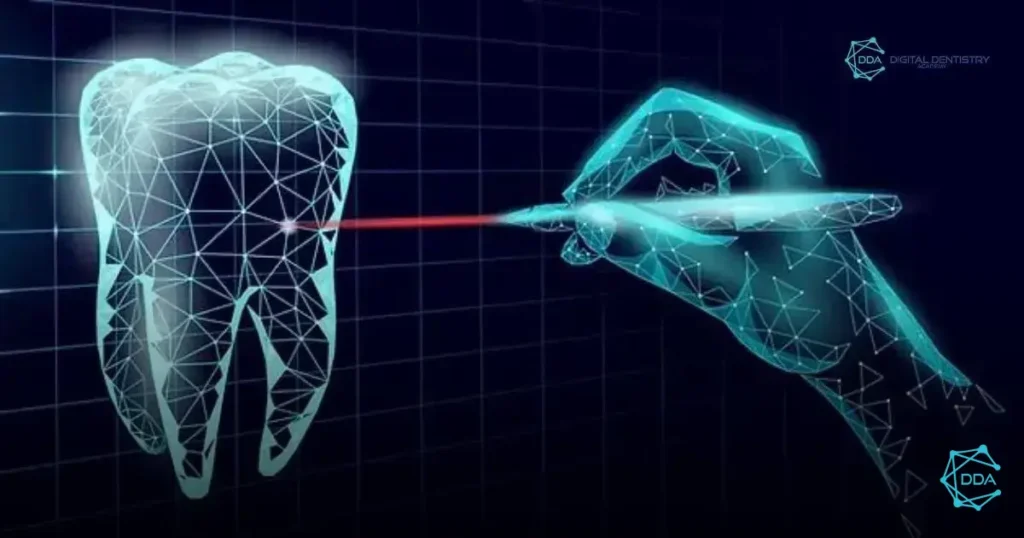Digital Impression Systems in Dentistry: Technology that Revolutionizes Dental Practice
Introduction
Dentistry is constantly evolving, and technology has played a crucial role in this advancement. Digital impression is one of these technological advances that has revolutionized dental practice. Digital impression systems have replaced the traditional impression method using silicone material, bringing more efficiency, precision and comfort to both the dentist and the patient.
What are digital molding systems?
Digital impression systems are technological solutions that allow the dentist to capture the precise reproduction of teeth, gums and other oral structures in digital format. This technology uses high-precision intraoral scanners to capture three-dimensional images of the patient's oral cavity. These images are then processed by specialized software, which generates accurate digital models.
Advantages of digital molding systems
This technology offers several advantages compared to the traditional molding method. Some of the key advantages of digital molding systems include:
1. Precision: Digital impression systems allow for the precise capture of oral anatomy, resulting in more precise and adjusted restorations and prosthetics.
2. Comfort for the patient: Digital impressions are less invasive and uncomfortable for the patient, eliminating the need for uncomfortable impression materials in the mouth.
3. Time Saving: The digital impression process is faster compared to traditional impression, saving time for both the patient and the dentist.
4. Ease of storage and sharing: Digital models can be easily stored and shared among members of the oral health team, facilitating communication and collaboration.
How does the digital molding process work?
The digital molding process involves a few steps. First, the dentist uses an intraoral scanner to capture three-dimensional images of the patient's oral cavity. These images are processed and converted into digital models using specialized software. These digital models can be viewed and manipulated on a computer, allowing the dentist to plan treatments and create restorations and prosthetics with precision.
Applications of digital molding systems
Digital impression systems have several applications in dentistry. Some examples include:
1. Dental restorations: With digital impressions, it is possible to create personalized dental restorations, such as crowns and veneers, with greater precision and a perfect fit.
2. Dental prosthetics: Digital impressions allow for the creation of more precise and comfortable dental prosthetics, improving patients' quality of life.
3. Orthodontics: Digital impression systems are very useful in orthodontics, allowing the creation of digital models for planning orthodontic treatments, such as invisible braces.
4. Guided surgery: Digital impression is essential in guided surgery, where digital models are used for precise planning of dental implants and surgical interventions.
Conclusion
Digital impression systems have revolutionized dental practice, offering more precision, comfort and efficiency in the impression process. This technology brings benefits to both the dentist and the patient, improving the results of dental treatments. With digital impressions, dentistry enters a new era, where technology plays a fundamental role in the search for better results and experiences for patients.






